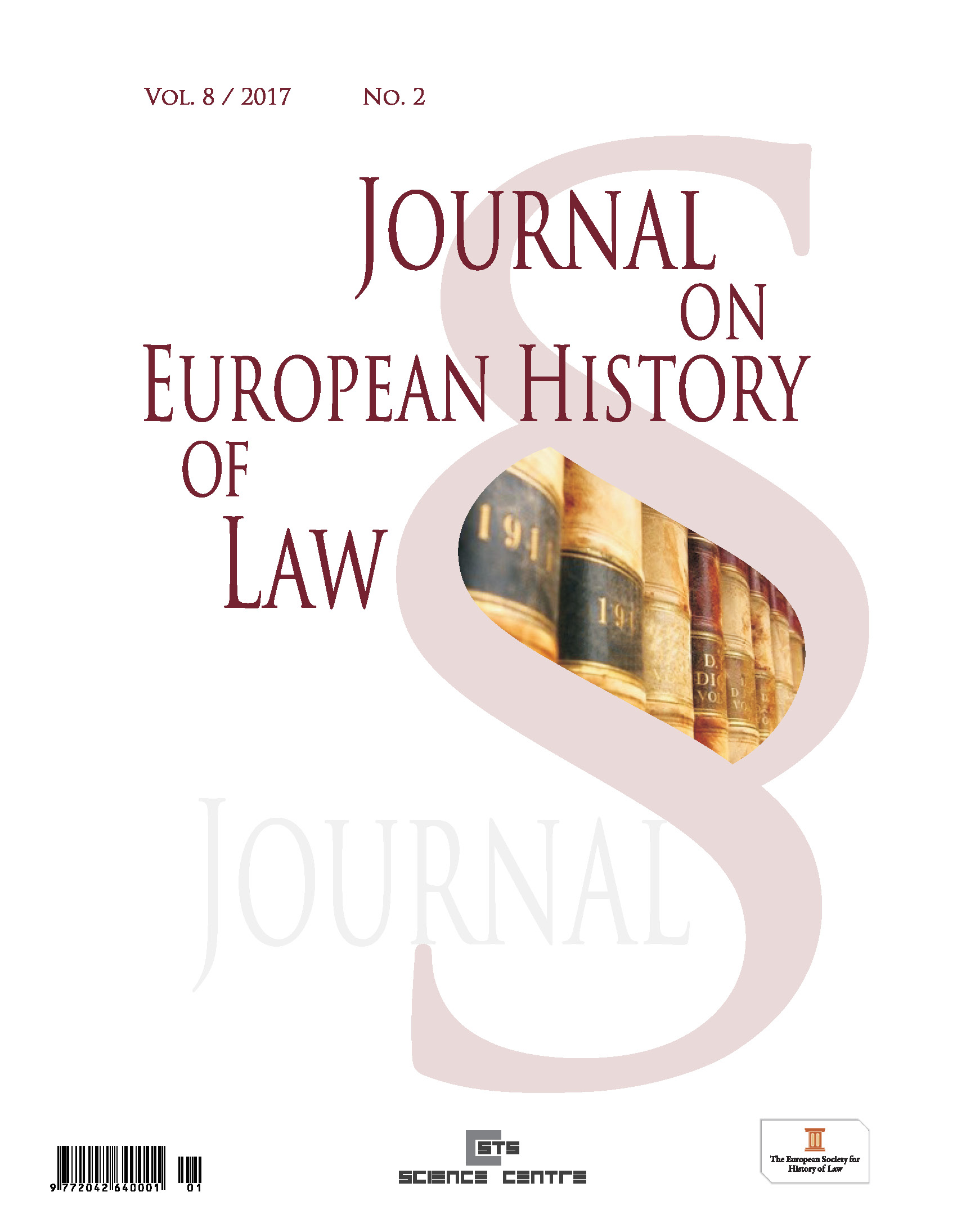The Functional Method as the Staple of Comparative Studies of European Legal History in the Early 21st Century?
The Functional Method as the Staple of Comparative Studies of European Legal History in the Early 21st Century?
Author(s): Dmitry PoldnikovSubject(s): History, Law, Constitution, Jurisprudence, History of Law, Recent History (1900 till today), EU-Legislation
Published by: Evropská společnost pro právní dějiny, z.s.
Keywords: comparative legal history; methodology; functional method; European legal tradition; tertium comparationis; praesumptio similitudinis;
Summary/Abstract: Europeanisation of legal scholarship and legal education facilitates the emergence of comparative legal science as a promising fresh tool to discover similarities and differences between two or more jurisdictions and their development in the past through their comparison. Yet, the specific methodology of such studies is still not clear. Some legal historians hold the opinion that comparative legal history does not or should not have its own methodology other than that of comparative law. Others warn against imposing on legal history the contemporary agenda and toolbox. The author of this article aims to clarify this debate by examining the prospect of applying one of the most popular methods of comparative law – the functional one – in the domain of legal history. On the basis of several examples from European legal past he claims that examining the functions (the social purpose) of legal norms can help legal historians in three ways. First, to determine the objects of comparison and the sources of analysis, despite the variety of verbal shortcuts (the initial stage of research). Second, to analyse legal norms from the perspective of solving social problems in the past, to study the 'law in action'. Third, to arrange the results of the research according to meaningful criteria at the final stage.
Journal: Journal on European History of Law
- Issue Year: 8/2017
- Issue No: 2
- Page Range: 37-41
- Page Count: 5
- Language: English

